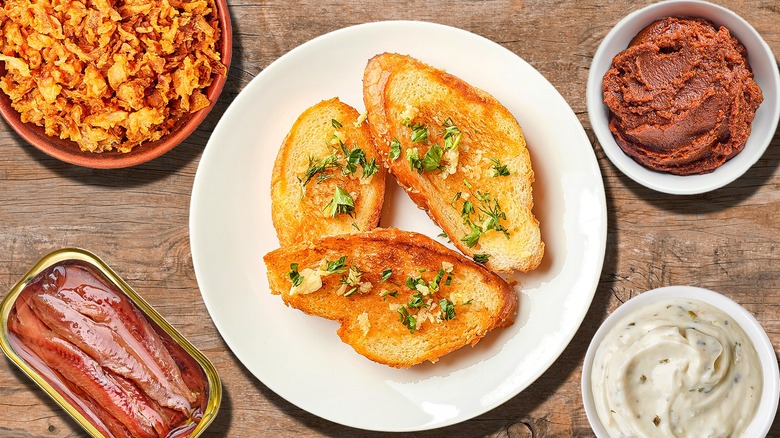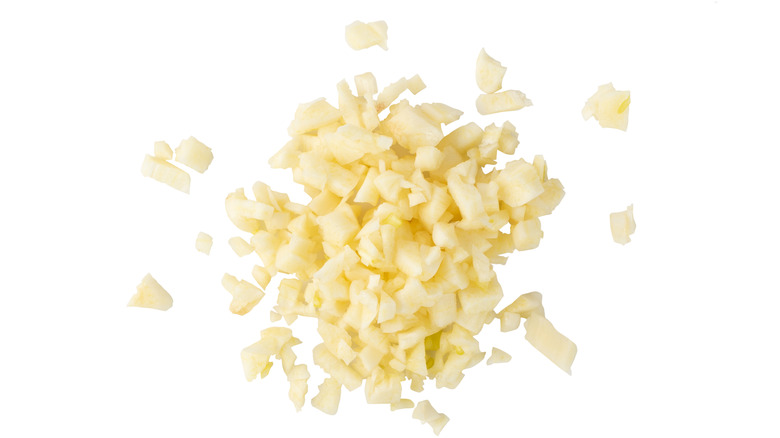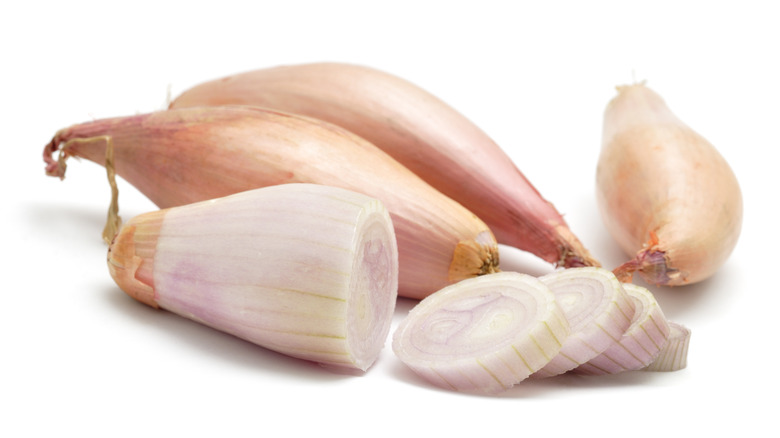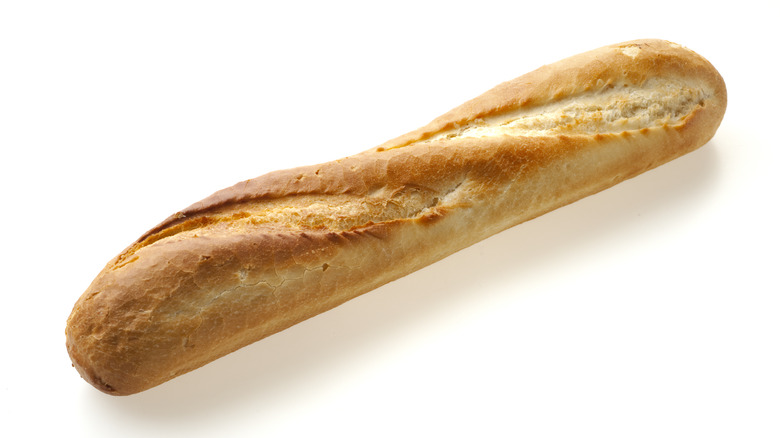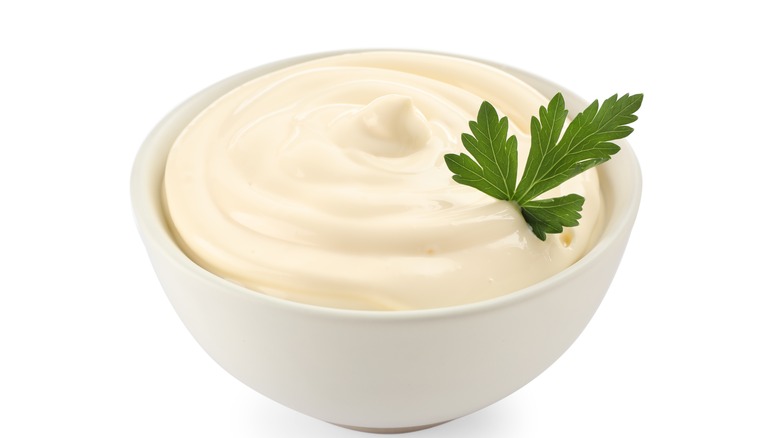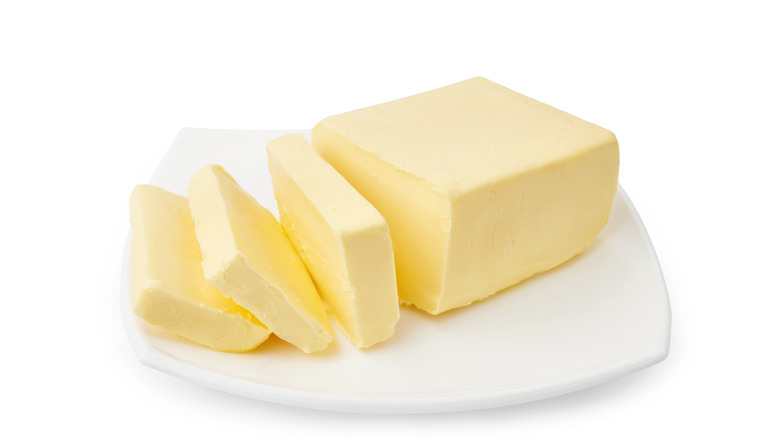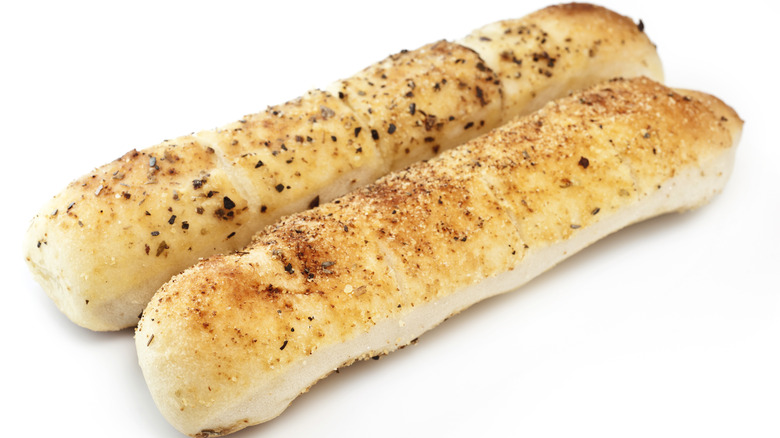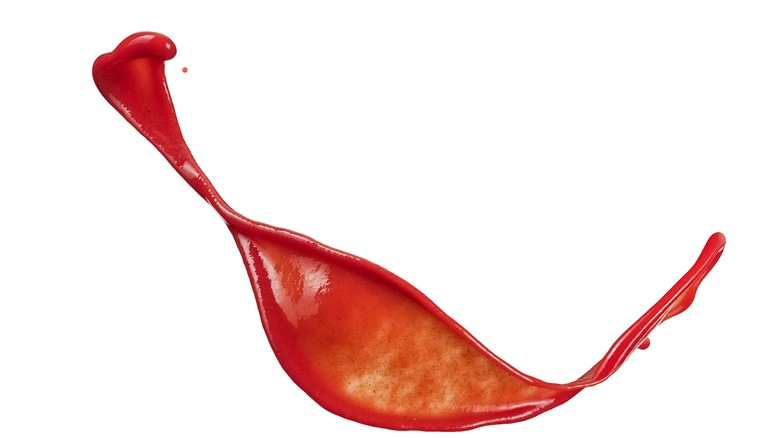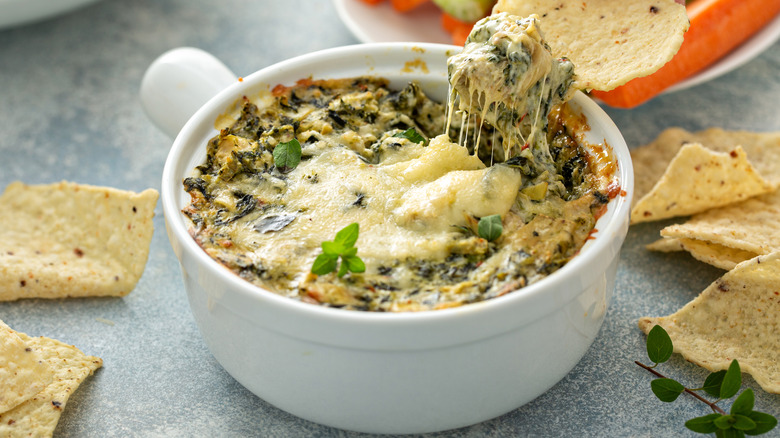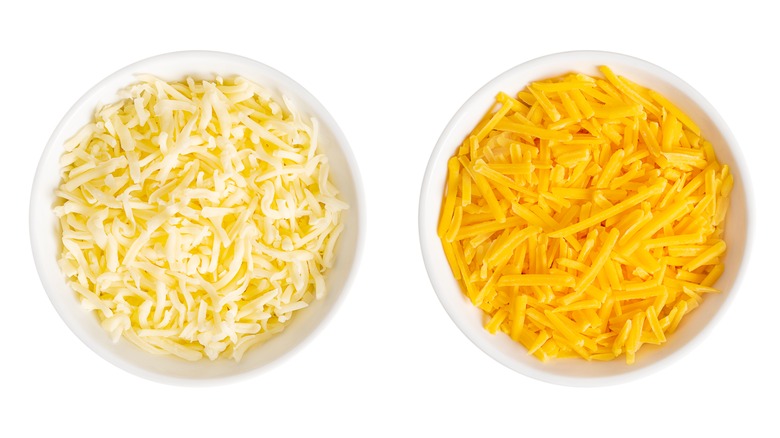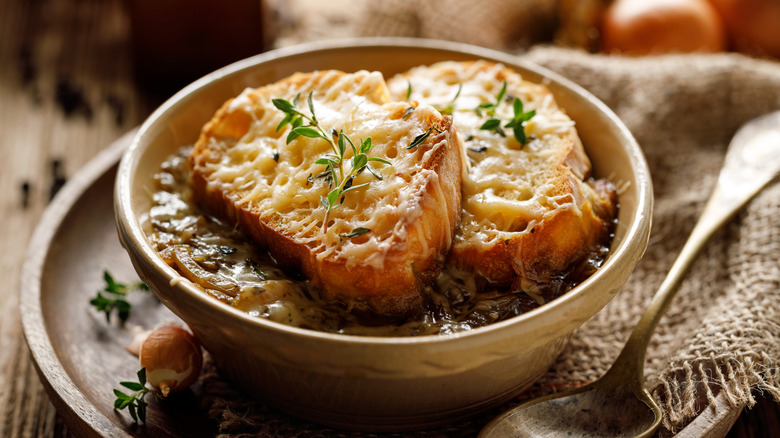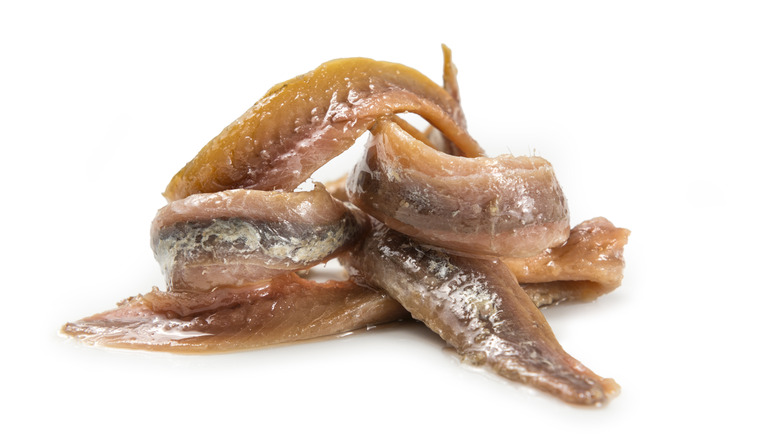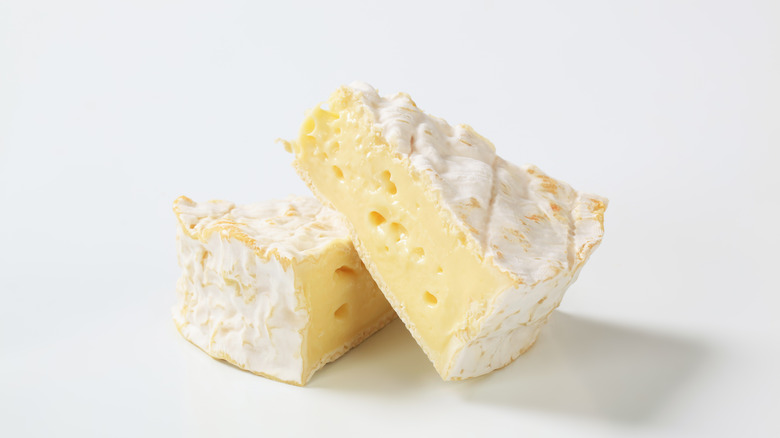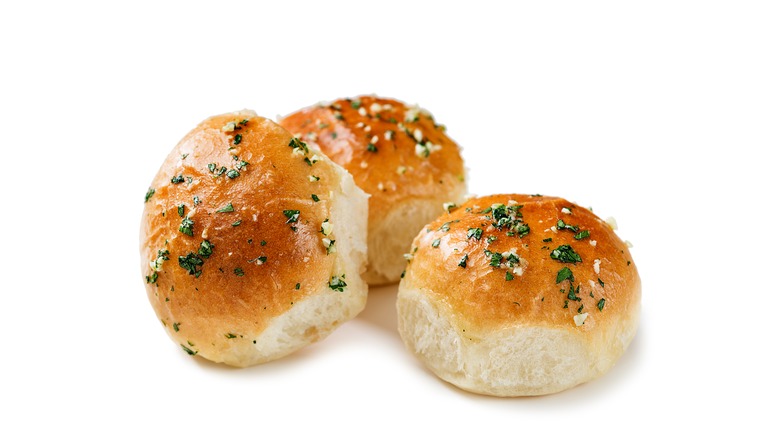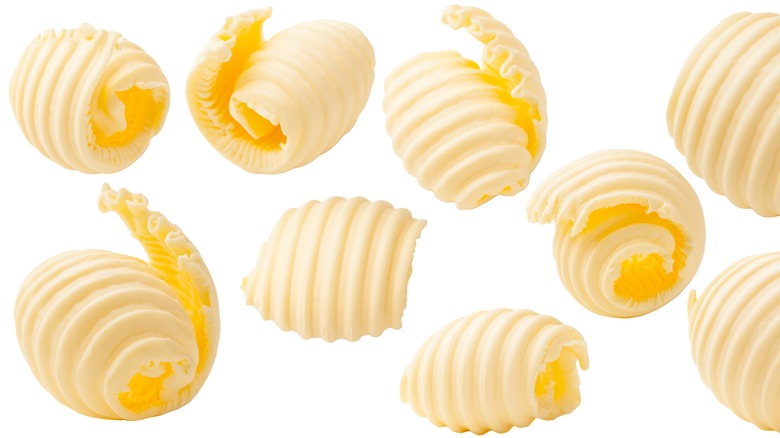16 Ways To Upgrade Your Garlic Bread
Garlic bread, the quintessential comfort food, is a testament to the magical fusion of simplicity and flavor. Originating in Italy, this humble yet iconic dish has evolved into a beloved American staple, cherished for its aromatic garlic-infused butter slathered over warm, crusty bread. The classic recipe begins with freshly baked bread, sliced and generously adorned with a mixture of butter, minced garlic, and fragrant herbs like parsley or oregano. The bread is then toasted or baked until lightly browned, resulting in a crispy exterior giving way to a soft, garlic-infused interior.
Variations of garlic bread abound, reflecting its diverse applications and flexible nature. In France, garlic bread takes on a sophisticated twist with the addition of Gruyère or Emmental cheese, creating a decadent fusion of garlic, butter, and gooey melted cheese. In the United States, garlic knots emerge as a popular snack, where strips of dough are tied into knots, brushed with garlic butter, and baked. But we haven't seen the end of it yet. Creative interpretations of garlic bread continue to emerge, from spicy jalapeño-infused versions to sweet variations featuring caramelized onions or roasted tomatoes. Let's take a look at some of these variations and how you might be able to apply them in your own kitchen.
Double up on the garlic
Unless you're a vampire — which is totally fine, by the way — there's no such thing as having too much garlic. This seems to be the philosophy behind the secret to unbeatable garlic bread. The idea is to double up on the garlic in two different forms, using fresh minced garlic as well as the powdered variety. This brings the best of both garlic worlds to the food: the pungent and spicy feel of the first, and the mellow but more evenly distributed flavor of the second.
Together, these two types of garlic will ensure that every bite of the bread is packed with strong and well-balanced garlic flavor. The process is simple: Sautee the minced garlic to dampen the sharpness of its taste and infuse the butter with its flavor, mix it into some soft butter, and sprinkle the garlic powder on top.
Add roasted shallots
Garlic and onions seem to go hand in hand in a number of recipes, so it stands to reason that they should pair nicely in a variation on garlic bread. But even better than onions are their cute little cousins, shallots, which tend to be sweeter and more mild tasting, especially when roasted in the oven until slightly caramelized.
To add these babies to your garlic bread, you can either squeeze your roasted shallots onto your pre-made garlic bread, or you can stir the roasted shallots into your mixture of minced garlic and soft butter before spreading everything on the bread. Either way, make sure you're roasting your shallots in the oven whole, with the skin still on. This will lock in the caramelization, deepen the flavor, and allow you to simply squeeze the soft flesh of the shallot out of its casing once the cooking process is complete.
Don't use just any bread
When only a few ingredients are required to prepare a dish, it's paramount that they be high-quality, or you'll instantly notice that something is amiss. This is why we recommend not using just any bread on your garlicky adventure. Rather, pick out a well-made loaf of your preference, or go for a fine baguette, a buttery croissant, or Japanese milk bread.
In the first instance, a baguette can help you create garlic bread with a perfectly crisp exterior and soft interior. If no baguettes are on hand, an artisanal ciabatta with a nice crust will also do nicely. Or an even better idea is to use a freshly baked croissant, whose rich buttery texture lends itself especially well to the garlic and butter spread that dominates garlic bread. Just slice the croissant lengthwise to maximize the surface area for the butter and to allow it to seep into the natural crevices of the pastry. Be sure to heat these in the oven for a spell, just to give the crust a nice crunch. Yet another item you can use for garlic bread is Japanese milk bread, which has a higher fat and sugar content than most, yielding a more pillowy texture that is perfect for cutting into thick rectangular slices. Once these are ready, slather them with your garlic and butter mixture and sear them on each side until crispy.
Pour on some mayo
For a simple but effective variation on garlic bread, try adding mayonnaise to the mix. There are several reasons why this is a good idea, other than the fact that bread and mayo are the perfect flavor and texture companions. First, it adds creaminess to the butter and garlic mixture, making it easier to spread. Second, the mayo's higher smoke point will keep the bread from burning when roasting in the oven. Lastly, the technique is easy.
Just be sure to use full-fat mayo here. You'll need that fat to provide the extra creaminess and to guard against a soggy result -– reduced-fat products tend to have a higher water content, which would be released into the bread during the heating process. For best results, make your own mayo, which can be whipped up fairly quickly with egg yolks, lemon juice, vinegar, and seasoning. Once that's settled, just mix it into your butter, garlic, and any other ingredients you may want to add, before spreading it over the bread.
Avoid melting the butter
Sometimes garlic bread comes out looking and tasting dry, despite the obvious presence of butter. This can happen when the butter melts too much and starts to evaporate, leaving behind the crispy part of the garlic bread, but taking the soft and gooey part with it as well.
The ideal solution to this problem is to use softened rather than melted butter. Not only will it not evaporate in the oven, but it will also carry the garlic more evenly, as this can sometimes get clumpy as it sloshes around in the melted butter. The benefits of this extend to the process of soaking it into the bread, which becomes less spotty with the softened butter method. As the butter releases gradually into the bread as it toasts in the oven, it allows the bread to remain soft and pillowy on the inside, even as the exterior becomes crispy.
Cook it on the grill
No rule says garlic bread must be made in the oven. While there is certainly nothing wrong with this method, if you have a grill and you're already firing it up for lunch or dinner, you may as well also use it to make extra smoky garlic bread.
Indeed, grilling your garlic bread can be a nice trick for any homemade variety, but it's especially helpful when you need to heat up a store-bought loaf that might otherwise be sub-par, leaning dangerously towards the soggy. While ovens can certainly help guard against this scourge, the best solution to the problem is the grill, where you can carefully observe the bread and make sure it gets crispy and crackly on the outside without burning. You'll also get a somewhat smoky flavor on the grill, which can help further mask any taste shortcomings in the store-bought garlic bread.
Spice it up with hot sauce
Garlic bread isn't usually known for being a spicy dish with fiery flavors, aside from the gentle poke of the fresh garlic. The tradition is to pair it with spaghetti doused in a mild tomato sauce, or with other non-spicy Italian staples. But we're just talking about bread, butter, and garlic here, so there's no reason why a bit of spice can't add a nice touch.
In fact, it might be just what you need to upgrade your basic garlic bread. Guy Fieri, a hot sauce aficionado, thinks so, and who are we to contradict him? It must be done right, though: Stir your favorite hot sauce into the butter and garlic mixture, along with grated parmesan, parsley, and scallions, and spread it over your bread. Lo and behold, the hot sauce and butter balance each other out. The result may not be a traditional garlic bread, but it certainly makes a worthy appetizer.
Pair it with dip
Biting into good garlic bread is an experience in itself, but if you're in the mood for something a bit more elaborate, you can also dip that beautiful garlic bread into a tasty sauce or spread. In keeping with the vibe of garlic bread, this should be creamy and gooey — we recommend an artichoke or crab dip.
The garlic bread should also be cut into a shape that's easy to use as a scoop for the dip, and it should be crispy enough so that it doesn't bend or go floppy when you try to stick it into the dipping vessel. To that end, go for more of a crostino texture: After preparing the garlic and butter mixture and spreading it over your bread, you may need to keep it in the oven for just a bit longer than usual to make sure the bread stiffens sufficiently. While this process may relieve you of that delightfully soft interior, it will more than make up for it with the addition of the tasty dip.
Make it cheesy
Adding cheese to roasted garlic bread seems like an obvious choice, but we're going to cover it here anyway, just to make sure everyone's getting it right. And while there may be many ways to do this, we want to call attention to the garlic cheese bread from Slice Pizza & Brew, in Birmingham, Alabama, devised by chef G. Terrill Brazelton.
In this case, the garlic bread base is made with the same dough used for the pizzas, which should give you a clue that the process for making this particular cheesy garlic bread is a little more involved than other recipes. In addition to making the dough itself, you'll also have to chill it and shape it into rectangles, then rub olive oil and seasoning on them. Top these with minced garlic, thyme, and mozzarella, and bake until crispy and golden brown. The upshot of this recipe, besides the flavor, is that you don't have to use butter if you don't want to.
Put a French twist on it
Since many garlic bread recipes call for baguettes, this snack already has a bit of a French twist going on. But this French onion soup pull-apart bread recipe is sure to upstage the mere baguette in terms of French flare.
Although not strictly a garlic bread, this recipe involves a lot of bread and a fair amount of garlic — it just so happens that there are some other ingredients around too. This makes the process a little more complicated. You will have to caramelize the onions, shred the Swiss cheese, melt the butter with the garlic, and mix that all together before deeply scoring the bread crosswise, into which you will pour your concoction. Just be sure to pick the right bread for this recipe: A ciabatta or sourdough loaf will do nicely, but you can use anything that will stick together in the oven even after being nearly cut through.
Top it with anchovies
Adding a few filets of anchovies to bread, often after brushing it with some fresh tomato, is a time-honored Spanish tradition. But the practice can work equally well on garlic bread -– just be sure to use less salt than you normally would while you prepare it, as the anchovies will provide plenty of that. You may also need to employ less butter when anchovies are present: The olive oil in which the anchovies were packed will stand in nicely if you drizzle some of it on the bread as you place the fish.
As it happens, this is also a very easy garlic bread variation to make. Just follow the recipe for your favorite garlic bread, bake it in the oven as you normally would, and top it with anchovies at the last minute, right before serving. The salty, savory creatures will instantly impart an extra layer of flavor to your bread with their umami spirit.
Spread miso on top
Garlic bread and miso may come from opposite ends of the Earth, but we're all friends here, so there's no reason the two can't be paired together successfully. Indeed, they make a fine team when also combined with shallots and red pepper flakes, imparting a degree of complexity that regular garlic bread -– in all its glory –- so frequently lacks.
Prepare this elevated garlic bread by roasting the shallots and garlic -– skins on -– until caramelized before tossing them in a food processor with miso, butter, and red pepper flakes. Spread this over your bread before coating it in an easily melting cheese, like mozzarella, and baking it until the cheese has become gooey and the bread is slightly crispy. Experiment with various cheeses to determine which one works best with the umami flavors of the miso. You can also go cheeseless if you prefer -– between the butter, garlic, miso, and red pepper flakes, this garlic bread will not be lacking in flavor.
Sneak in some brie
Brie is a power unto itself, so tasty and creamy that it hardly needs to be paired with anything. Even so, we would like to suggest pairing brie with garlic bread in places where you might otherwise use mozzarella. The simplest way to do this is to dice up some brie as neatly as possible, and then drop the dollops onto your garlic bread before putting it in the oven for the final push.
A more sophisticated way, though, would be to cut a deep crosshatch pattern into a nice loaf of bread and then stick slices of brie in the crevices before putting everything in the oven. Or more simply, you could leave your wheel of brie in the container it came in (or put it in a hollowed-out loaf of bread), melt that in the oven, and then use the cheese as a dip for your garlic bread. Lastly, if you're planning on spending some time on this, you could bake pieces of brie directly into your homemade loaf of bread, which you can then use to make garlic bread.
Prepare a Ukranian version
To prepare a Ukrainian version of garlic bread, you'll need to start from scratch, meaning you'll have to make the bread yourself — unless you can find a plump loaf of freshly made pull-apart bread from your local bakery. That's because the bread must have some nice troughs into which the garlicky oil can run and gather once it's basted with the garlic-infused oil.
To make this snack, follow this recipe for Ukrainian garlic bread, which will also explain how to make the garlic oil. Alternatively, you can find instructions for making challah or other types of lumpy breads that form plenty of nooks and crannies. To facilitate the process, you might also consider keeping a bottle of garlic-infused oil on hand at all times. The applications for this ingredient are diverse, and you can even use it in your everyday cooking. Just place some peeled garlic cloves at the bottom of a bottle of oil and make sure they remain covered at all times, or they might start to grow mold.
Amp up the butter quantities
While you can certainly put as much butter as you like on your garlic bread, even when making it the traditional way, there is one recipe that calls for a slightly different attitude. Most garlic bread is made to be crunchy on the outside and soft on the inside -– using a nice loaf with a crisp crust will ensure this. But it's also possible to make garlic bread with no crust at all.
This method involves cutting large chunks straight out of a loaf of white bread, ignoring the crusts entirely, and only using the soft crumb. Once you have your amorphous blob of bread, you can brush all sides with butter, and not just one, which is what we mean by amping up the butter quantities. Once you've seared this, you'll have a mostly soft and only slightly crunchy garlic bread with a rich butter flavor on all sides.
Combine it with chicken Kiev
If you like chicken Kiev and garlic bread, you might want to plan to have both on the same night — we're happy to report that there is a wonderful hack for making them both at the same time. The process is simple: Prepare your chicken Kiev as you normally would, stuffing the chicken breasts with the garlic-herb butter and breading it, but then place each of these stuffed chicken breasts on a slice of bread before baking everything together.
The idea is so simple you might be wondering why you hadn't thought of it yourself. You've probably noticed how copiously that garlic butter mixture seeps out of chicken Kievs when they're in the oven, and maybe even mourned its loss a little bit. But with this hack, all that delicious butter will simply get captured by the bread, which will instantly be turned into garlic bread.
